Communities and organizations across South Los Angeles are raising funds and awareness about the devastating earthquake in Haiti, but calls for action by Inglewood officials have amounted to nothing.
City officials attribute the inaction to the city’s current budget woes, as well as the departure in recent months of both the mayor and the city administrator.
“The city itself is not doing anything,” said Toni Williams, executive secretary for the city. “The city just doesn’t have a budget for that type of thing.”
Twice since the disaster, members of the Inglewood City Council have called for a city effort to provide relief.
Former Mayor Roosevelt Dorn proposed an initiative to develop relief in his last city council meeting as mayor on January 26. More than three weeks later, on February 17, Councilman Daniel Tabor reintroduced the same initiative.
The proposal advises the council to “direct the City Administrator to develop a plan for the City of Inglewood and its employees, residents and businesses throughout the city to participate in the Inglewood Haiti Relief & Recovery Collaboration, in order to facilitate the transmittal of humanitarian assistance to the Haitian people.”
Before his abrupt resignation on March 17, City Administrator Timothy Wanamaker said he was working on what he called a “support resolution.” His plan was to provide Inglewood residents and businesses with a list of credible aid agencies and groups for donation. The list did not materialize before Wanamaker left.
In nearby Carson, the city council donated $5,000 to Haiti relief efforts.
As far as Inglewood making a donation, “No, not possible,” Wanamaker said. “Not with our financial condition.”
Tabor decided not to wait for official city action and formed the Inglewood Haitian Recovery Collaboration, which meets once a week and works with churches and schools in Inglewood to bring hygiene kits, shoes, and medical supplies to Haiti.
Meanwhile, the Inglewood Residents Committee teamed up with local churches for a food and clothing drive on January 31.
“We received a lot of clothing, all of which the churches sent directly to Haiti,” said Darius Leevy, Executive Director of the Inglewood Residents Committee.
The committee is forming groups to help with collecting goods, as well as working on long-term relief options.
“It’s about more than just clothes,” Leevy said.
Leevy is planning another fundraiser at the end of March. He is seeking city help with the distribution of information, which could include flyers and letters for residents.
Updated: This story about a Haiti relief fundraiser run by Darius Leevy originally stated that no Inglewood city council members were present at the event. The article should have included information on Inglewood’s First District Councilman Daniel Tabor, who helped facilitate the event and helped load supplies into trucks after the event.










 There is silence in the classroom. Even amidst the clockwatching ten minutes-before-the-bell-rings clamor of a typical high school class there is silence, deafening and thick as quicksand. I have asked the class a question about the widespread use of the words “bitch” and “ho” to describe young women of color on campus and several boys are holding forth in response. They are the same four opinionated boys who have been the most vocal throughout these sessions, always ready with a quip, a deflection or, sometimes, serious commentary that reveals deep wisdom. They are bursting with perspective on this topic, but the girls in the room are silent. Some twist in their seats, some study the tops of their desks in calculated boredom, transporting themselves outside of the room, slain by the language of dehumanization. Finally a few girls chime in and say they use the terms casually with friends, as in “my bitch or my ho,” supposedly neutralizing their negative connotations akin to the way they use the word “nigga.” Some claim the words are justifiably used to describe “bad girls” who are promiscuous and unruly, not realizing that black women have always been deemed “bad” in the eyes of the dominant culture, as less than feminine, as bodies for pornographic exploitation.
There is silence in the classroom. Even amidst the clockwatching ten minutes-before-the-bell-rings clamor of a typical high school class there is silence, deafening and thick as quicksand. I have asked the class a question about the widespread use of the words “bitch” and “ho” to describe young women of color on campus and several boys are holding forth in response. They are the same four opinionated boys who have been the most vocal throughout these sessions, always ready with a quip, a deflection or, sometimes, serious commentary that reveals deep wisdom. They are bursting with perspective on this topic, but the girls in the room are silent. Some twist in their seats, some study the tops of their desks in calculated boredom, transporting themselves outside of the room, slain by the language of dehumanization. Finally a few girls chime in and say they use the terms casually with friends, as in “my bitch or my ho,” supposedly neutralizing their negative connotations akin to the way they use the word “nigga.” Some claim the words are justifiably used to describe “bad girls” who are promiscuous and unruly, not realizing that black women have always been deemed “bad” in the eyes of the dominant culture, as less than feminine, as bodies for pornographic exploitation. 
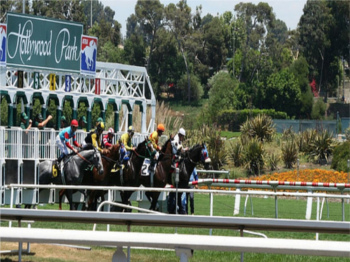 Hollywood Park prepares to host what could be its last season of races this month.
Hollywood Park prepares to host what could be its last season of races this month. 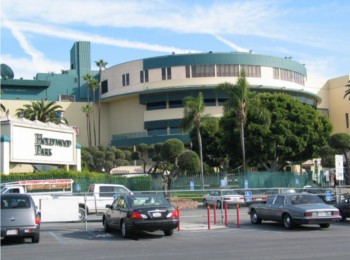 The Hollywood Park Tomorrow project, which was approved by the Inglewood City Council in July of 2009, would transform the 238-acre site at the corner of Prairie Avenue and Century Boulevard into a complex of offices, shops and nearly 3,000 homes.
The Hollywood Park Tomorrow project, which was approved by the Inglewood City Council in July of 2009, would transform the 238-acre site at the corner of Prairie Avenue and Century Boulevard into a complex of offices, shops and nearly 3,000 homes. 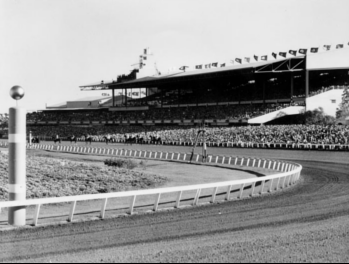 Mooney and McCallum both said the Hollywood Park Casino would continue to offer off-track betting opportunities to their patrons.
Mooney and McCallum both said the Hollywood Park Casino would continue to offer off-track betting opportunities to their patrons. 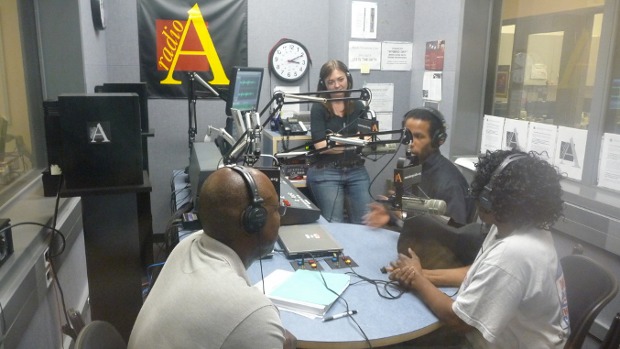
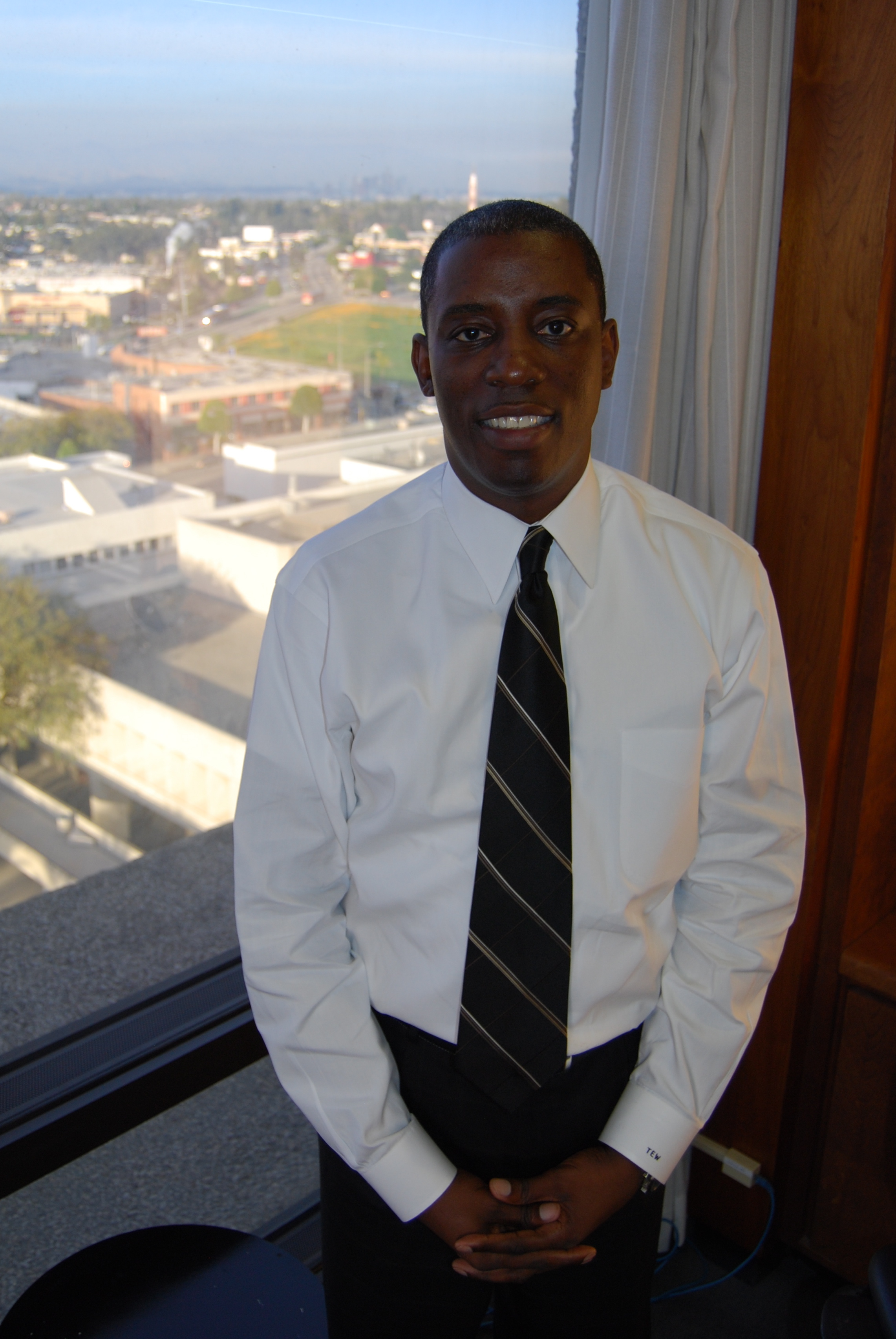 For two months, Inglewood has been without an official mayor. Now the city is also without its lead manager. Inglewood City Administrator Tim Wanamaker abruptly resigned Wednesday, about a month before hitting his two-year mark in office, and ended his service to the city and its residents the following day. The reason for Wanamaker’s departure is still unclear.
For two months, Inglewood has been without an official mayor. Now the city is also without its lead manager. Inglewood City Administrator Tim Wanamaker abruptly resigned Wednesday, about a month before hitting his two-year mark in office, and ended his service to the city and its residents the following day. The reason for Wanamaker’s departure is still unclear.




